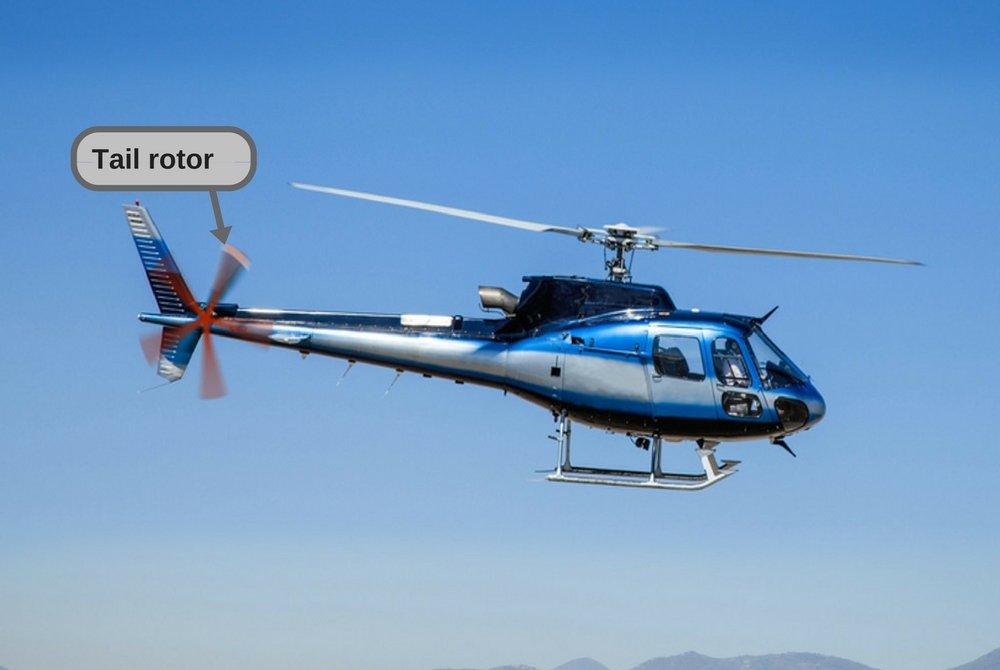The way I understand this problem is one in which two kinds of movements will be effected on the object; a translocation and a rotation.
In the translocation the COG shifts its location on an external xyz axis. Every other point that can be drawn in the object suffers an identical translocation as the COG, thus the objects indeed moved rigidly.
In the rotation, the COG doesn't translocate (deltax + deltay + deltaz = 0), but every other point in the object does move, and the magnitude of the displacement is correlated to the distance of given point to COG.
This is, COG just translocated, but doesnt alter by the rotate. The final location of any other point can be obtained as the summatory of the magnitude of both movements.
What's interesting here, and the bottomline of your inquiry, is what happens if you fix a reference point tau and rotate. This is what I think:
fixing a point implies no translocation/rotation occurs at the reference tau as the object is rotated; but
the magnitude of the rotation correlates to the magnitude of a COG translocation. In other words, the COG
now translocates a |deltax + deltay + delta z| >> 0 as the object now rotates around tau. In fact, every other point except tau will be forced to a translocation a magnitude of which varies depending to its distance from tau as well as the magnitude of the rotational move. [I think].
Furthermore, we can imagine a tau = COG. Restricting translocation on the COG means therefore an object that purely rotates but its location otherwise remains static on the external xyz axis. quite like balancing toys; or actual balances.

What's interesting on your question and hypothetical child holding the helicopter is; who's hand is fixing a RL helicopter from any tau point at all (which you seem to define as the point where rotor wing exercises forces upon the helicopter)???

